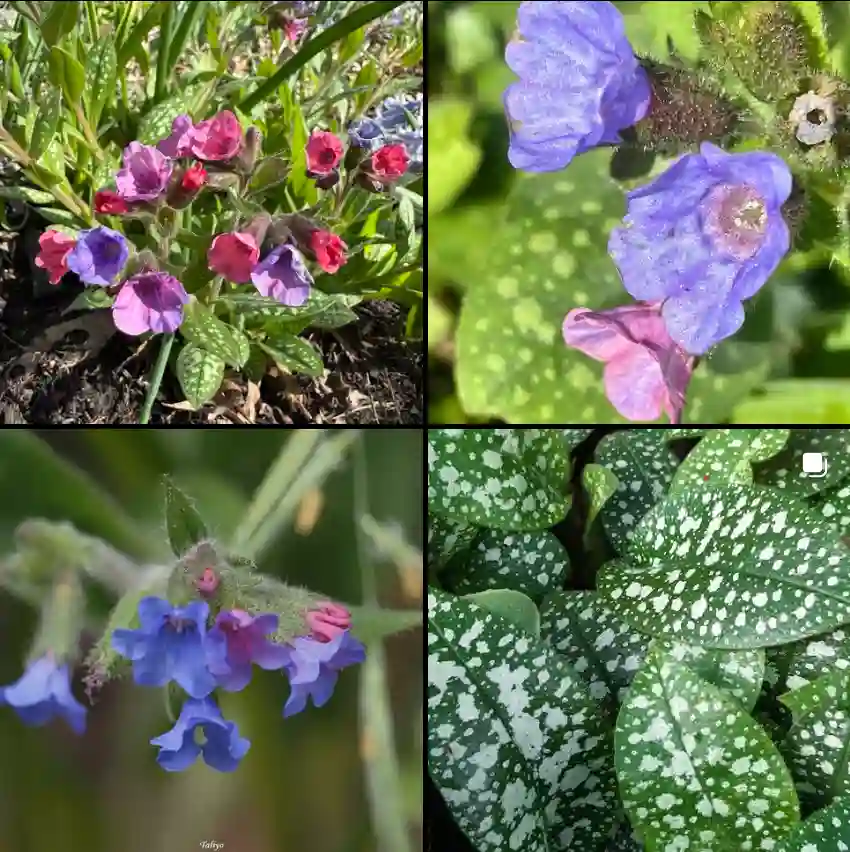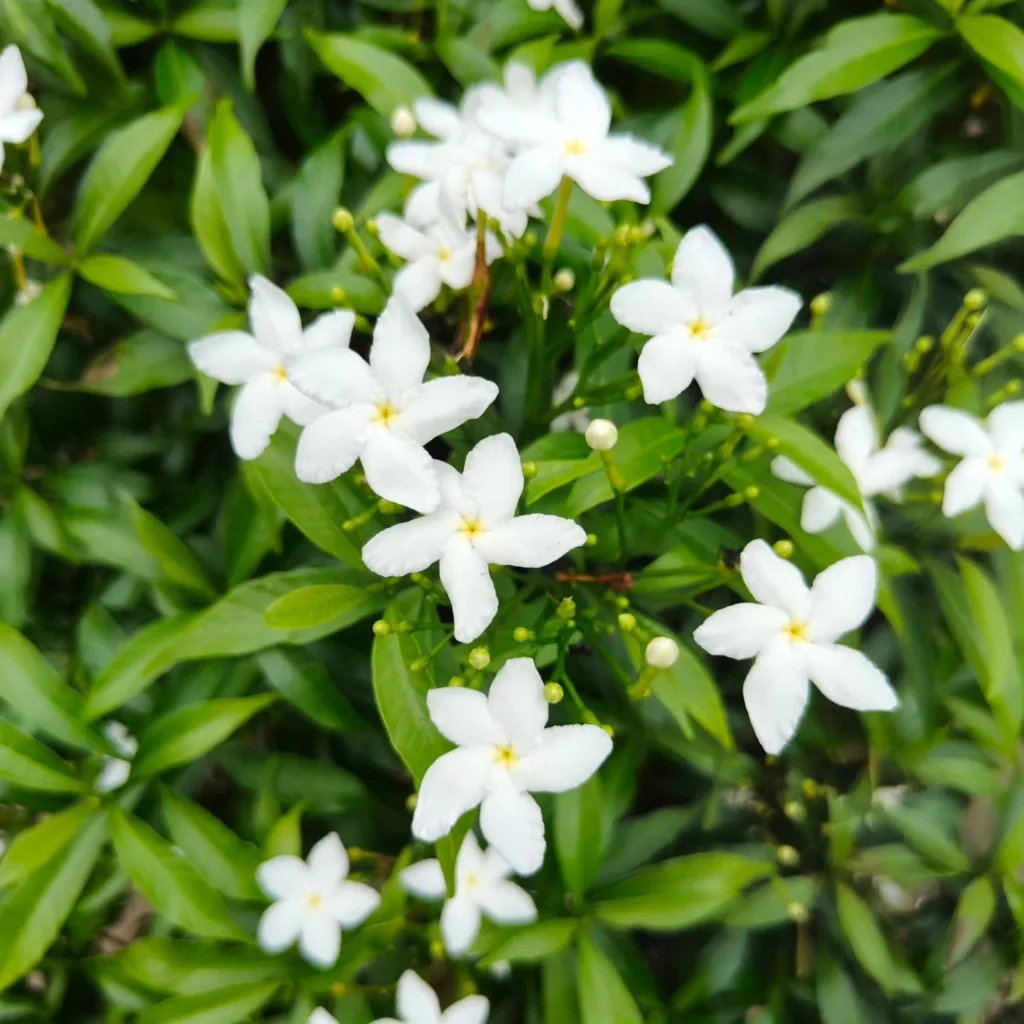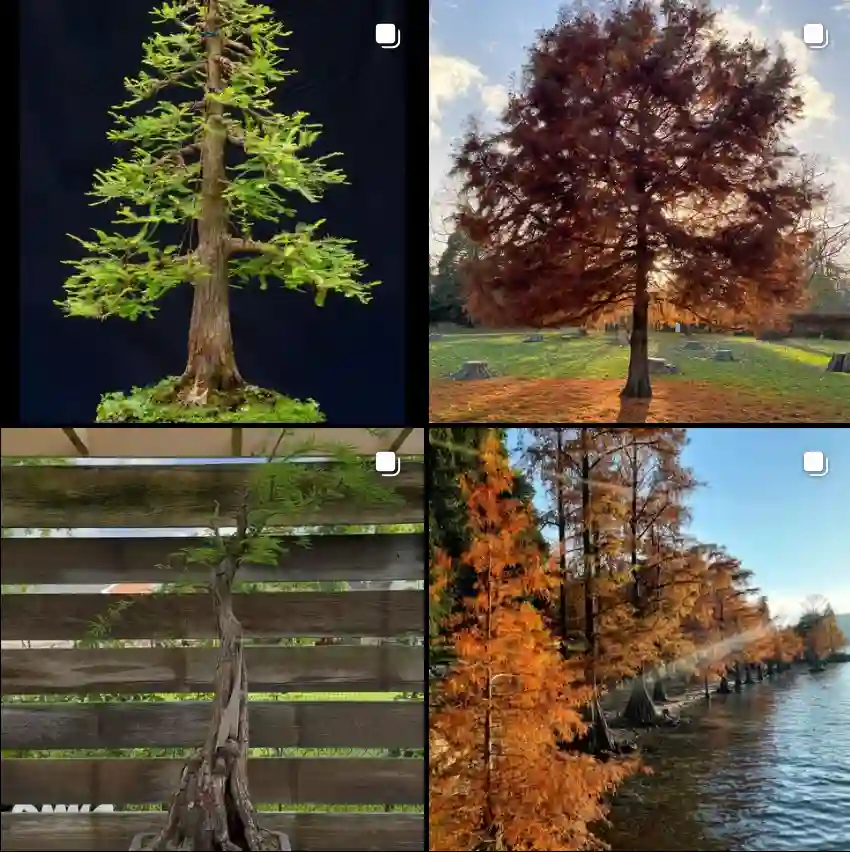The Enchanting Peperomia Jelly: A Plant Parent’s Dream
There’s a reason the Peperomia Jelly has become a superstar in the houseplant world. Its plump, translucent leaves, resembling glistening jewels, cast an otherworldly charm. But beyond its mesmerizing looks, this little wonder is a survivor’s dream. Thriving on neglect (almost!), it’s perfect for busy plant parents or those new to the hobby.
For me, Ferb Vu, the Jelly Peperomia has been a revelation. Not only is it easy to care for, but it also propagates beautifully, allowing me to share its magic with friends and family. In this guide, I’ll delve into the world of this captivating succulent, sharing tips on its care and, of course, the exciting world of propagation.
1424 Species in Genus Peperomia
What is Peperomia Jelly?
The Jelly Peperomia (Peperomia dolabriformis) belongs to the Peperomia genus, boasting over 1,000 species! These little champions are native to the tropical rainforests of South America, where they thrive on the dappled sunlight filtering through the dense foliage.
The Jelly Peperomia stands out with its fleshy, tear-drop shaped leaves. Unlike most plants, these leaves store water, giving them their signature plumpness and jelly-like translucence. The vibrant green foliage adds a touch of life to any space, and some varieties even boast subtle variegations, further enhancing their beauty.
Peperomia Jelly vs Ginny
When I look at my Peperomia Jelly, its vibrant, multicolored leaves remind me of a cheerful painting, whereas the Peperomia Ginny with its pink edges feels like a subtle, elegant touch to my plant collection.
How to care for Peperomia Jelly?
While the Jelly Peperomia is known for its resilience, providing the right environment fosters its optimal growth and keeps those captivating leaves glistening.
Light: Think dappled sunlight – just like its rainforest home. Avoid harsh, direct sun, which can scorch the leaves. A bright, indirect location near a window is ideal.
Watering: Here’s where the “almost neglect” part comes in! Overwatering is the enemy of the Jelly Peperomia. Allow the soil to dry completely between waterings. Stick your finger in the soil – if the top inch is dry, it’s watering time.
Soil: Opt for a well-draining succulent or cactus mix. This allows excess water to drain freely, preventing root rot.
Potting: Choose a pot with drainage holes – crucial for preventing waterlogging. A pot slightly larger than the root ball is ideal, allowing for future growth.
Keeping Your Jelly Peperomia Happy
With the basics covered, here are some additional tips for a thriving Jelly Peperomia:
- Humidity: While not strictly necessary, moderate humidity can benefit your plant. Grouping it with other humidity-loving plants or using a pebble tray filled with water can help.
- Fertilizer: A light feeding during the growing season (spring and summer) with a balanced fertilizer diluted to half strength is sufficient.
- Temperature: Aim for a comfortable room temperature between 65°F and 80°F (18°C – 27°C).
How to propagate Peperomia Jelly?
The ease of propagation is another reason why the Jelly Peperomia is a plant parent’s dream. There are two main methods: stem cuttings and leaf cuttings.
Stem Cuttings:
- Using sterilized shears, cut a healthy stem with at least two leaves.
- Remove the lower leaves, exposing a node (the bump where leaves emerge).
- Allow the cut end to callous over for a day or two.
- Plant the cutting in a pot with well-draining soil, ensuring the node is buried.
- Water lightly and keep the soil moist but not soggy.
- Place the pot in bright, indirect light.
Leaf Cuttings:
- Carefully remove a healthy leaf from your Jelly Peperomia.
- Lay the leaf flat on a well-draining potting mix, ensuring the petiole (leaf stalk) is in contact with the soil.
- Lightly mist the soil and keep it moist but not soggy.
- Place the pot in bright, indirect light.
- With time, new plantlets should sprout from the base of the petiole.
Sharing the Joy: Companion Plants for Your Jelly Peperomia
The Jelly Peperomia’s compact size and understated elegance make it a versatile companion for other houseplants. Here are some suggestions:
- Air Plants: These low-maintenance beauties share similar watering needs and thrive in similar light conditions.
- ZZ Plant (Zamioculcas zamiifolia): Another low-light champion, the ZZ plant’s deep green foliage creates a striking contrast with the Jelly Peperomia’s vibrant hues.
If i die, water my plants!



